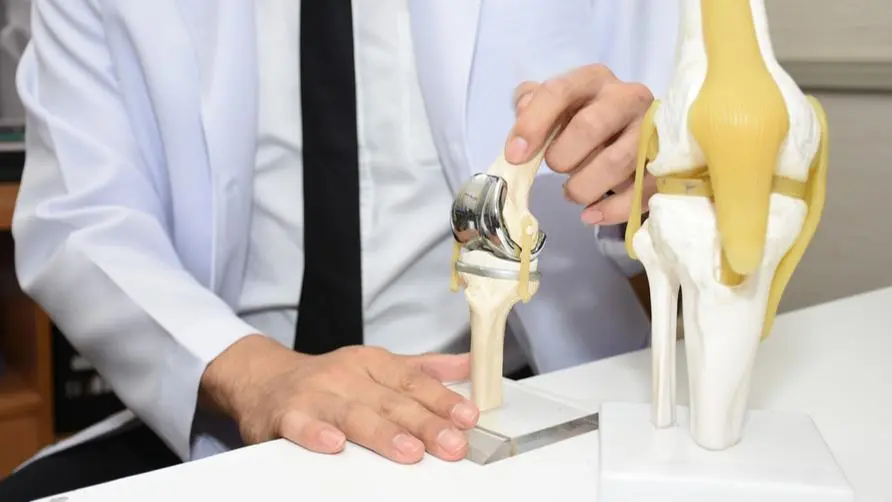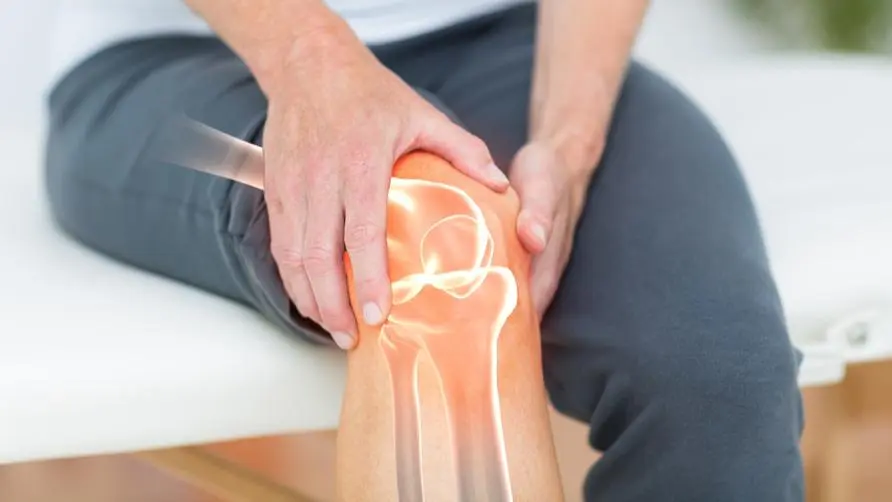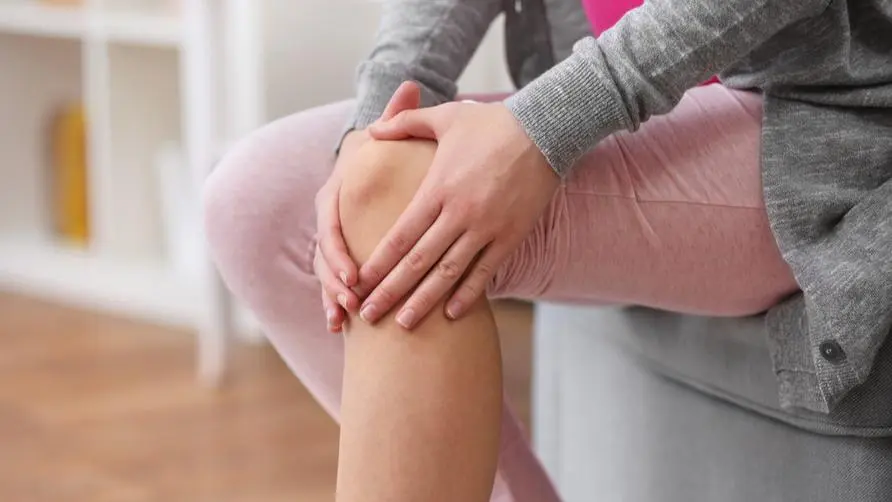Are you most afraid of surgical failure when replacing artificial knee joints? Medical: The introduction of robotic arms + precise bone cutting is the trend

O-shaped legs, obesity and long-term squatting may cause degenerative arthritis, which may affect walking ability
Do you often make a “clicking” sound when moving your knees? If you add O-shaped legs, obesity, frequent squatting and other problems, be careful of early onset of knee pain, which may even turn into serious “degenerative arthritis”! Dr. Wang Chengqi from the Department of Orthopedics of Taichung Veterans General Hospital said that the prevalence rate of knee joint degeneration in Taiwan is as high as 15%. With a population of 23 million, it is estimated that about 3.5 million people in Taiwan suffer from knee joint degeneration. As the knee joint gradually degenerates, it may cause joint stiffness, pain, swelling and even joint deformation, affecting the ability to walk normally.
Taiwan has entered an aging society, and degenerative arthritis is quite common in clinics. Dr. Wang Zhengqi pointed out that the main cause of degenerative knee arthritis is age-related. The longer the joints of the human body are used, the more weight they bear, and the higher the chance of wear and tear. On average, nearly 70% of people over the age of 70 suffer from degenerative arthritis. After menopause, women are 3-4 times more likely to suffer from degenerative joints than men due to the influence of hormonal changes and structural factors of the pelvic and lower limbs.
When does degenerative arthritis require surgery?
“Degenerative arthritis does not only originate from the knees. The feet, knee joints, hip joints and spine are all integrated, and they will affect each other. Doctors will give patients different treatment methods according to the severity of joint wear and tear!”
Dr. Wang Zhengqi said that for early-stage degenerative arthritis, active conservative treatment will be tried first, such as physical therapy, rehabilitation exercises, and thigh strength training. In moderate cases, non-steroidal anti-inflammatory analgesics and injections can be used. Once joint movement is limited or joints are significantly deformed, which affects the patient’s daily life, it will be recommended to consider surgical treatments including knee replacement and osteotomy correction.
Don’t dare to replace artificial joints? Worry about surgical failure and pain are the main reasons
“According to health insurance data, about 60,000 people in Taiwan need artificial knee replacements every year, but only about 20,000 people receive surgical treatment. Worry about the effects of the surgery and postoperative pain are the main reasons!”
Dr. Hong Zhihong, director of the Artificial Joint Department of the Department of Orthopedics, China Medical University Hospital, said that in order to achieve the ideal effect of replacing an artificial knee joint, the damaged cartilage must be accurately removed and then replaced with an artificial knee joint of a consistent size and position. At the same time, the medial and lateral ligaments must be targeted. Moderate relaxation helps balance the soft tissues of joints. In addition, a locator must be placed in the bone marrow for positioning during surgery, and there may also be a certain risk of fat embolism.
Dr. Hong Zhihong pointed out that the osteotomy angle, risk of complications and pain are the biggest factors affecting patients’ willingness to undergo surgery. In the past, about 20% of patients experienced pain or foreign body sensation in their knees after traditional surgery, and were not satisfied with the surgical treatment. Nowadays, intelligent pain-reducing robot arms are used to perform osteotomy and artificial joint replacement surgeries, which can help doctors accurately perform the surgery at the “right position”, just like an advanced navigation system, achieving the purpose of precision medicine.
Robot arms are a trend! The fewer human factors, the smaller the surgical error.
“The most troublesome complication of artificial joint replacement for patients is actually surgical failure. For example, during the operation, the joint capsule is cut that should not be cut, or the ligaments that do not need to be damaged. Using a robotic arm to perform precise cutting can avoid unnecessary surgery. When it comes to soft tissue injuries, the fewer human factors there are, the fewer errors there will be in surgery!”
Dr. Hong Zhihong explained that through the intelligent pain-reducing robotic arm, the 3D model of the patient’s knee can be reproduced through image scanning before surgery. During the surgery, it can help doctors position accurately, reduce human movement errors, and provide timely guidance through real-time calculations. .
Dr. Wang Zhengqi pointed out that in the past, many patients were afraid of the effects and pain of surgery. In the future, robotic arm-assisted surgeries will become a trend, making the bone cutting angle more precise. People with symptoms of knee joint degeneration should seek medical treatment as soon as possible to understand the appropriate treatment. own way of treatment.
Further reading:





